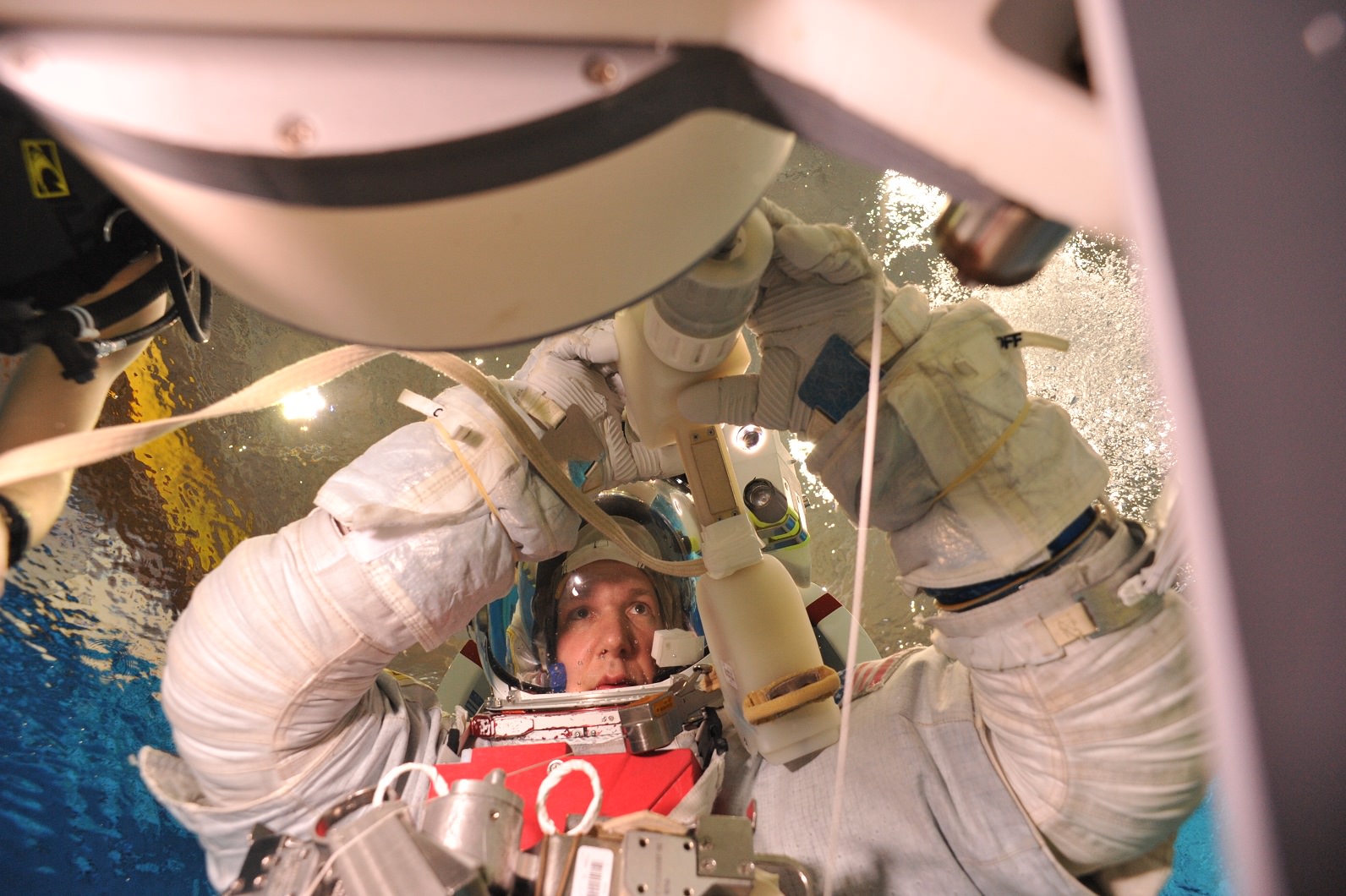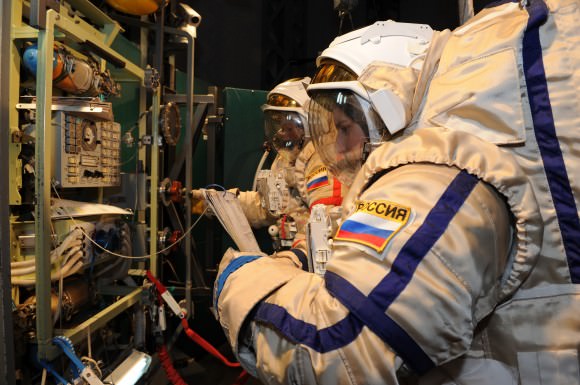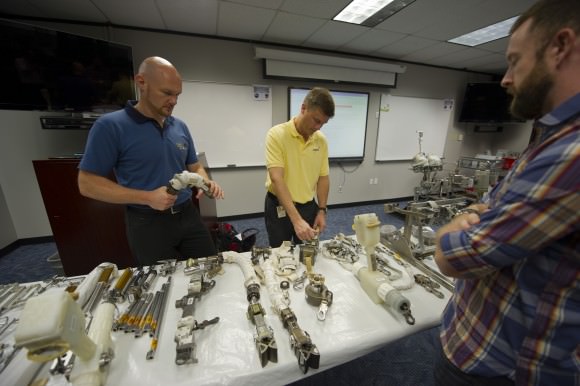NASA WALLOPS FLIGHT FACILITY, VA – The long delayed liftoff of an Orbital Sciences Corp. commercial Antares rocket on a cargo mission bound for the International Space Station (ISS) has been cleared for blastoff this Friday, July 11, from the Eastern shore of Virginia, following a thorough re-inspection of the two Russian built and US modified AJ26 engines that power the rocket’s first stage after the test failure of a different engine in May.
The critically important Aerojet Rocketdyne AJ26 engine re-inspection was mandated following the significant failure of another AJ26 engine during acceptance testing on May 22 at NASA’s Stennis Space Center in Mississippi to investigate any concerns and insure against an in flight failure.
NASA and Orbital Sciences are now targeting the Antares launch carrying the privately developed Cygnus resupply freighter on the Orb-2 mission from Pad 0A at the Mid-Atlantic Regional Spaceport (MARS) at NASA’s Wallops Flight Facility, Virginia, on July 11 at 1:40 p.m. (EDT).
Universe Today was granted a visit to the Orbital Sciences Antares rocket integration facility at NASA Wallops recently as the engine re-inspection work was winding down. See my Antares/Cygnus Orb-2 rocket photos herein.
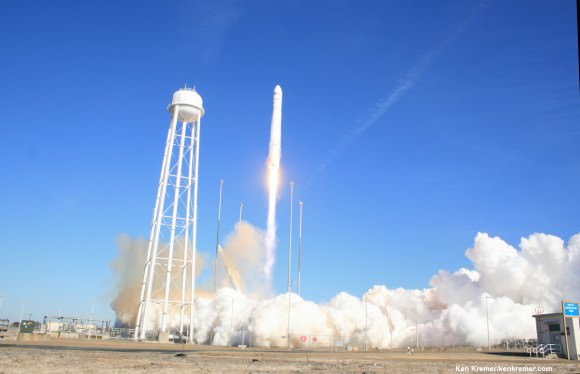
Aerojet engineers re-inspected the engines while they were still mated to the bottom of the Antares rocket and found them to be satisfactory for fight. No swap out was required.
The Cygnus cargo logistics spacecraft was then mated to the rocket on July 3 and will be rolled out to the Wallops launch pad on Wednesday morning at 8:30 a.m., July 9.
Late stow items including time sensitive science experiments will be packed aboard on Tuesday, July 8.
The launch window on July 11 opens at 1:40 p.m. for a duration of 5 minutes.
NASA will broadcast the Antares launch live on NASA TV – http://www.nasa.gov/nasatv
In the event of a delay for any reason the next available launch opportunity is July 12 at 1:14 p.m.
Until the first stage engine failure, this Antares rocket had been slated to blastoff on June 10 with the Cygnus cargo freighter on the Orb-2 mission which is the second of eight cargo resupply missions to the ISS under Orbital’s Commercial Resupply Services (CRS) contract with NASA.
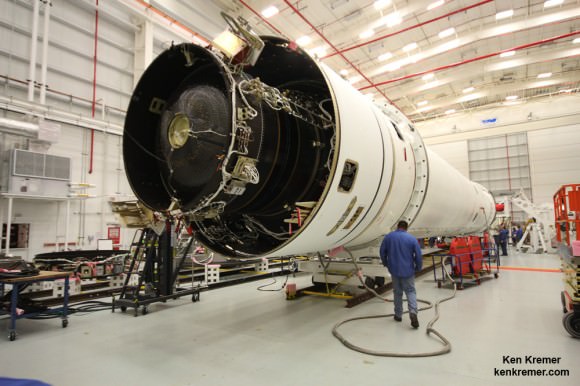
The AJ26 rocket engine that failed in May was extensively damaged about halfway through the planned test aimed at qualifying the engine for an Antares flight scheduled for early next year.
“There was a test failure at Stennis on May 22,” Orbital Sciences spokesman Barry Beneski told Universe Today at that time. “Engineers are examining data to determine the cause of the failure.”
The failure occurred approximately 30 seconds into the planned 54-second test.
“It terminated prematurely, resulting in extensive damage to the engine,” Orbital said in a statement in May.
The pressurized Cygnus spacecraft will deliver 1,657 kg of cargo to the ISS including science experiments and instruments, crew supplies, food, water, computer equipment, spacewalk tools and student research experiments.
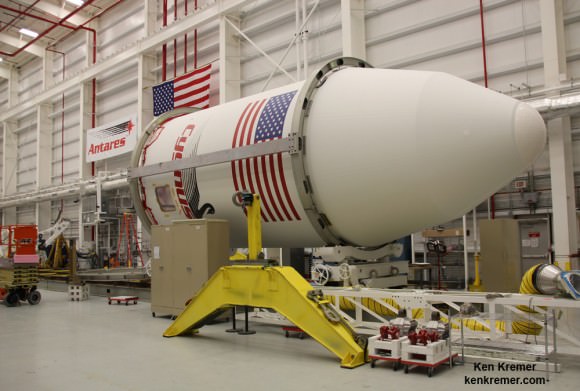
Cygnus will remain berthed at the station for 40 days.
For the return to Earth it will be loaded with approximately 1,346 kg of material for disposal upon atmospheric reentry.
The two stage Antares rocket stands 133 feet tall.
It takes about 10 minutes from launch until separation of Cygnus from the Antares vehicle.
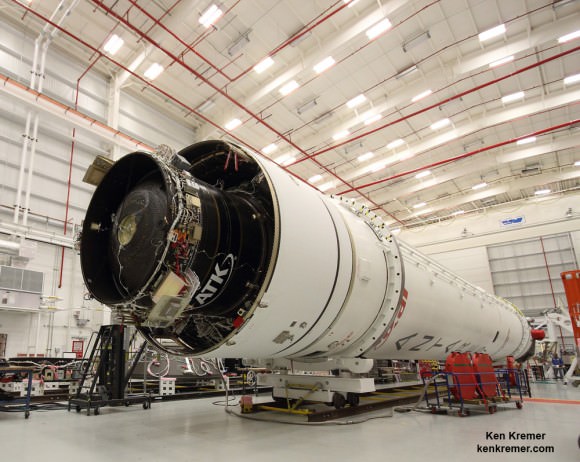
Flight time to the ISS is approximately 3 days. An on time launch will result in Cygnus arrival at the ISS on July 15.
Station commander Steven Swanson of NASA and Flight Engineer Alexander Gerst of the European Space Agency (ESA) will grapple and berth Cygnus using the stations 57 foot-long robotic arm onto the Earth-facing port of the station’s Harmony module.
The Antares first stage is powered by a pair of liquid oxygen and kerosene fueled AJ26-62 engines that deliver a combined 734,000 pounds (3265 kilonewtons) of sea level thrust.
To date the AJ26 engines have performed flawlessly through a total of three Antares launches from NASA’s Wallops Flight Facility in Virginia starting in April 2013.
They measure 3.3 meters (10.9 feet) in height and weigh 1590 kg (3,500 lb.).
The AJ26 engines were originally known as the NK-33 and built during the 1960s and 1970s in the Soviet Union for their manned moon landing program.
Aerojet extensively modified, checked and tested the NK-33 engines now designated as the AJ26-62 to qualify them for use in the first stage Antares core, which is manufactured in Dnipropetrovsk, Ukraine by the Yuznoye Design Bureau and based on the Zenit launch vehicle.
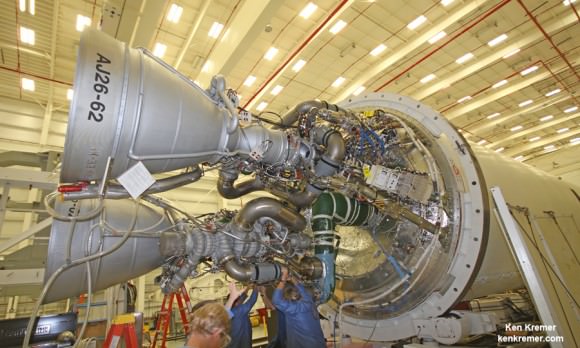
Orbital Sciences was awarded a $1.9 Billion supply contract by NASA to deliver 20,000 kilograms of research experiments, crew provisions, spare parts and hardware for 8 flight to the ISS through 2016 under the Commercial Resupply Services (CRS) initiative.
The July mission marks the second operational Antares/Cygnus flight.
SpaceX has a similar resupply contract using their Falcon 9 rocket and Dragon cargo carrier and just completed their 3rd operational mission to the ISS in May.
Watch for Ken’s onsite Antares Orb-2 mission reports from NASA Wallops, VA.
Stay tuned here for Ken’s continuing ISS, OCO-2, GPM, Curiosity, Opportunity, Orion, SpaceX, Boeing, Orbital Sciences, MAVEN, MOM, Mars and more Earth & Planetary science and human spaceflight news.
…………….
Learn more about Orbital Sciences Antares ISS launch on July 11 from NASA Wallops, VA, and more about SpaceX, Boeing, commercial space, NASA’s Mars missions and more at Ken’s upcoming presentations.
July 10/11: “Antares/Cygnus ISS Launch from Virginia” & “Space mission updates”; Rodeway Inn, Chincoteague, VA, evening
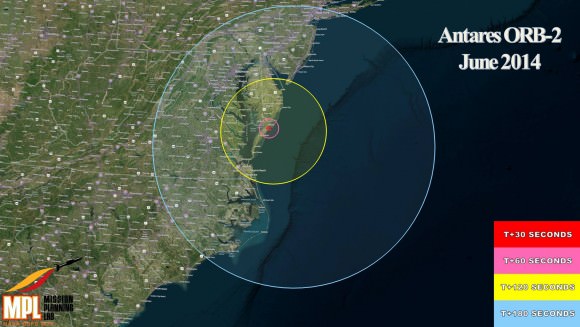

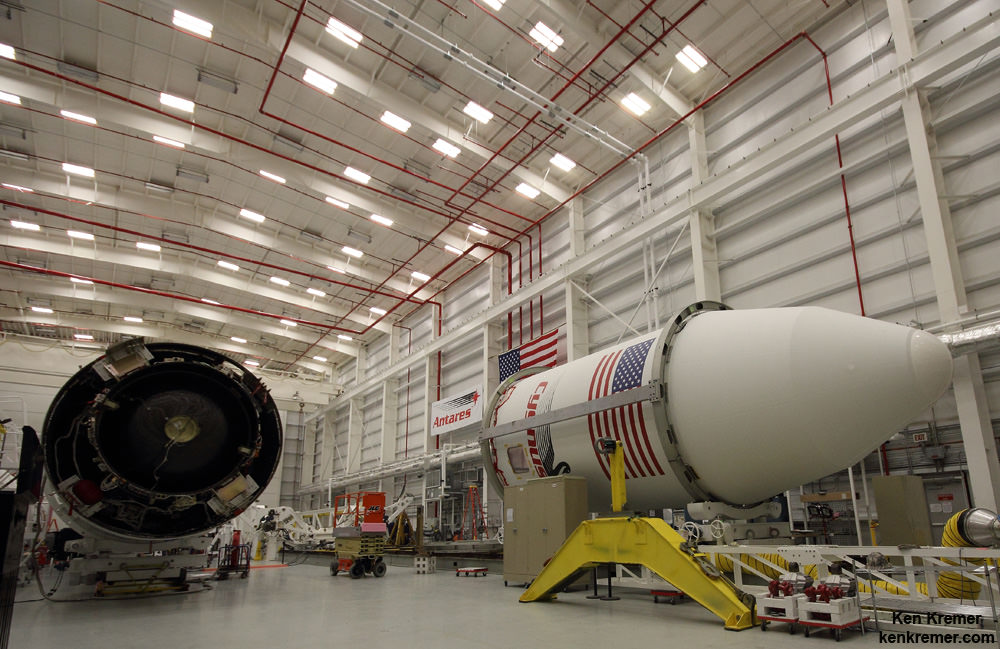

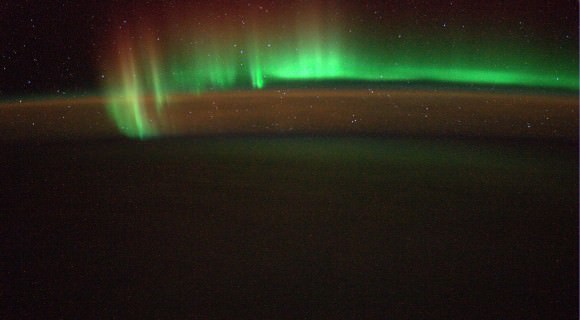

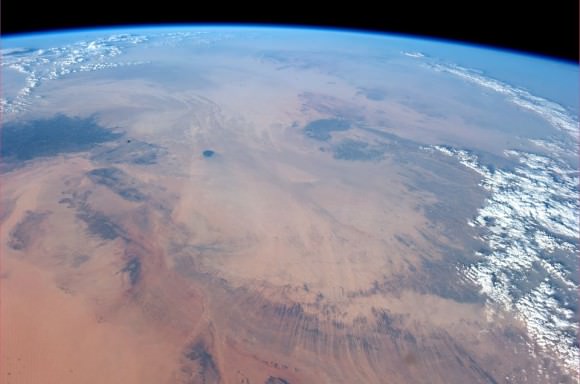
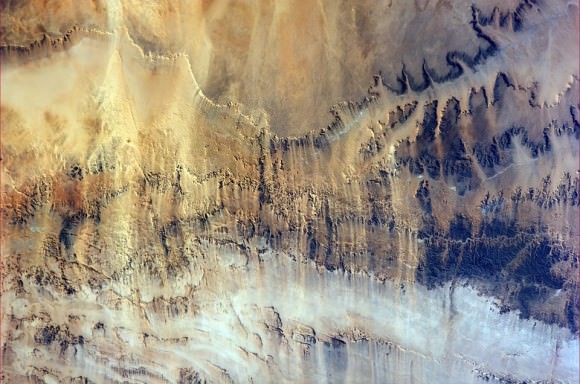
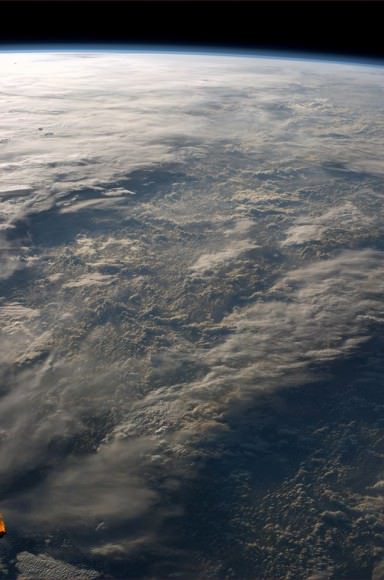
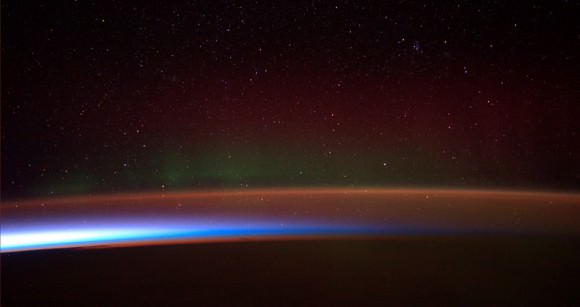
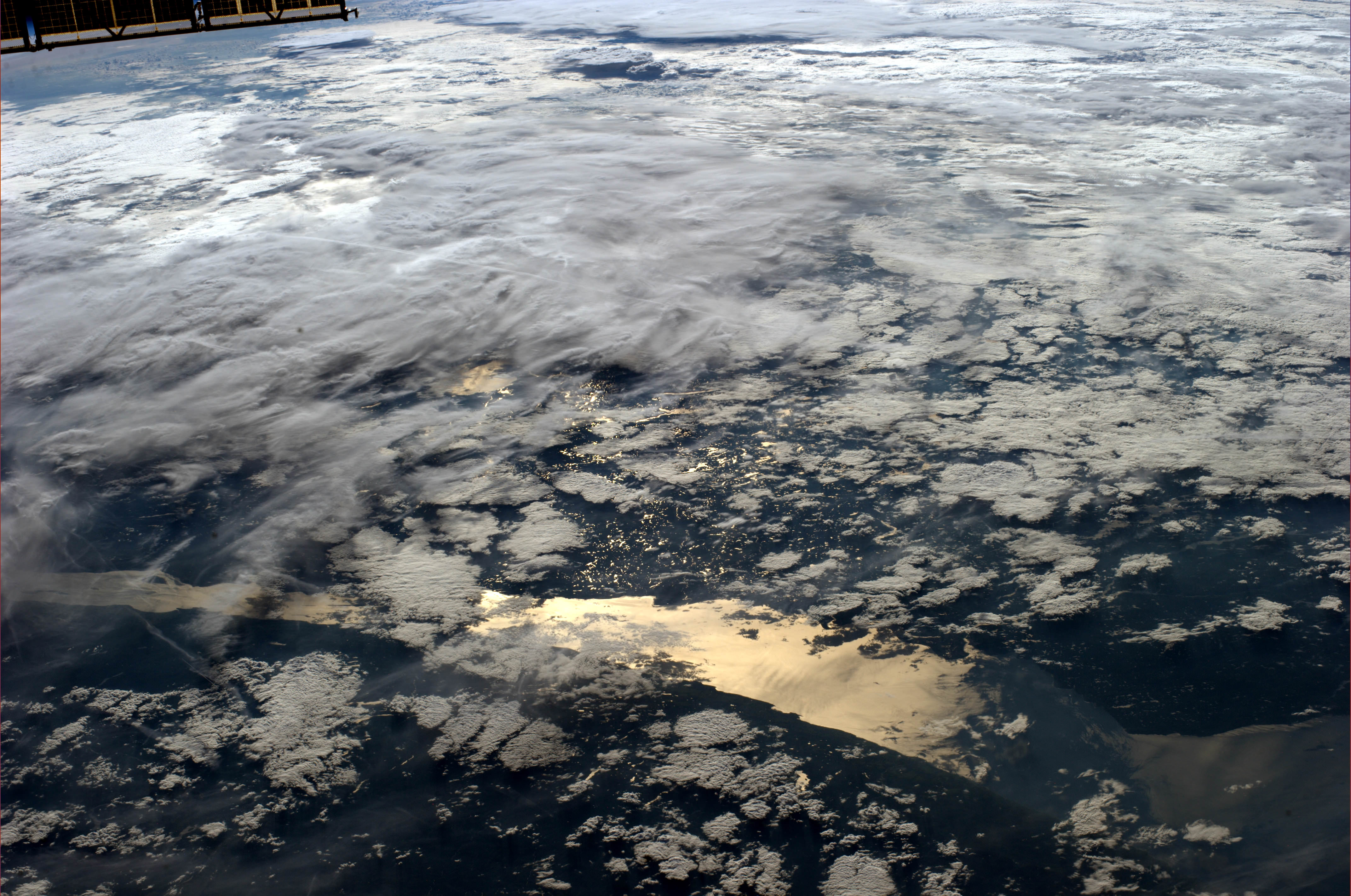
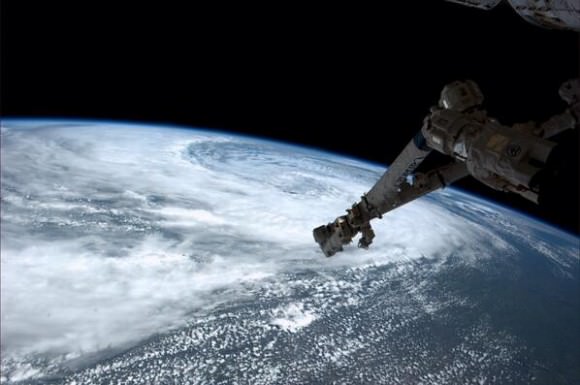
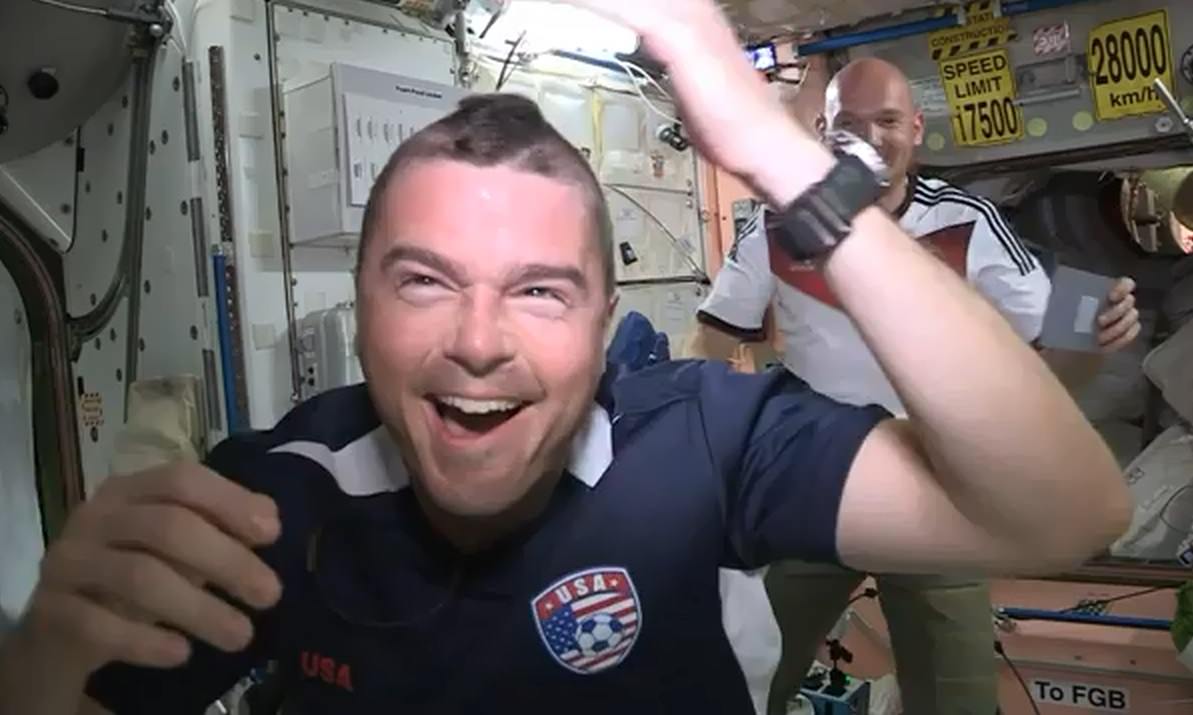
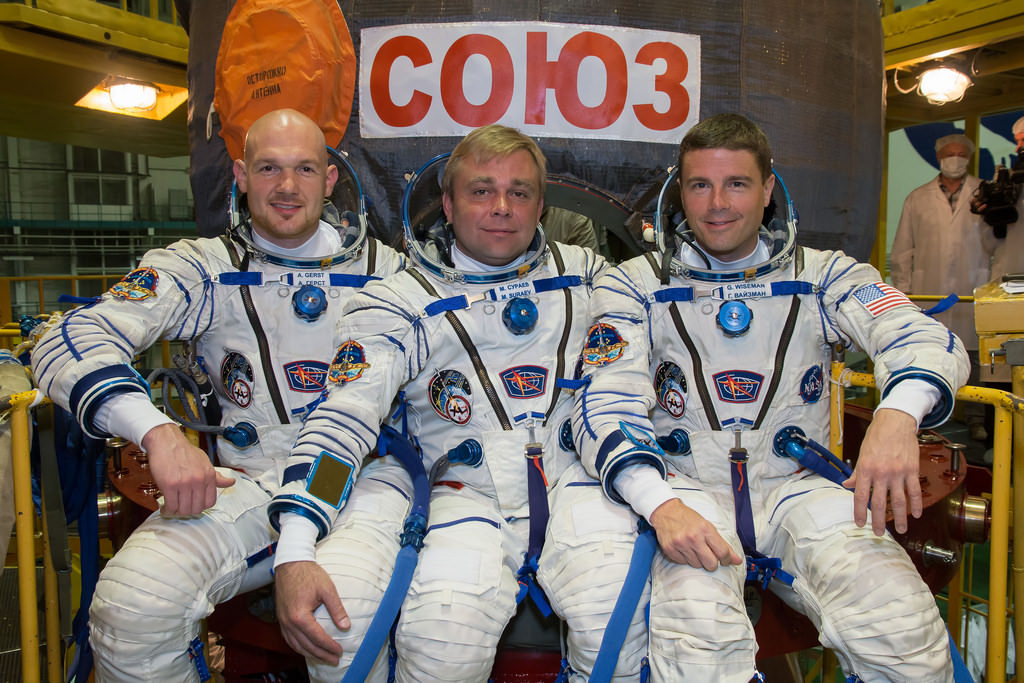
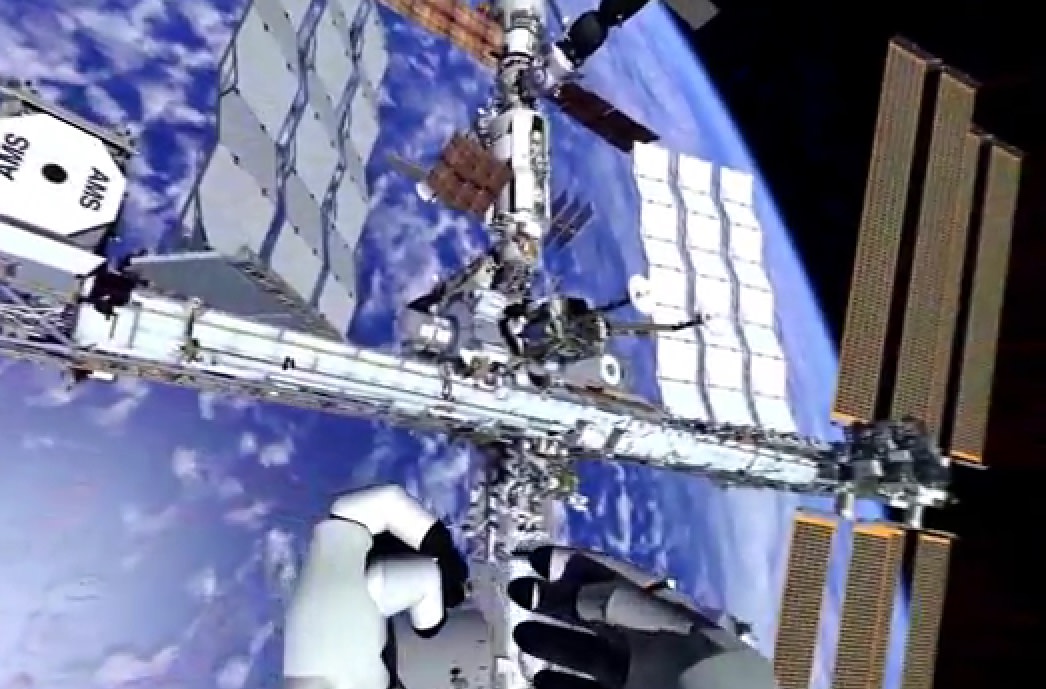
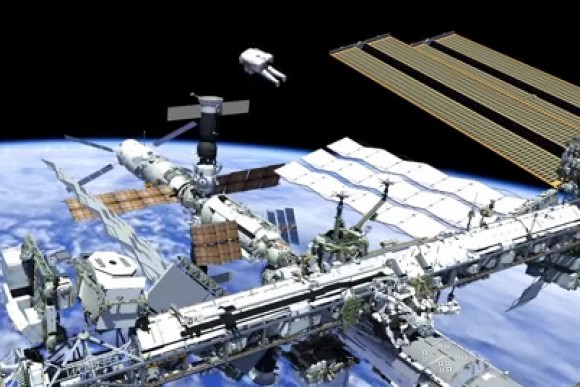
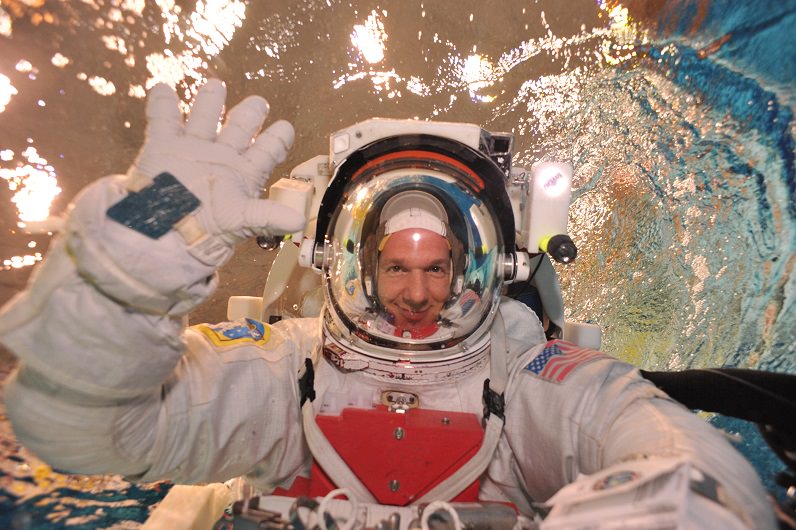
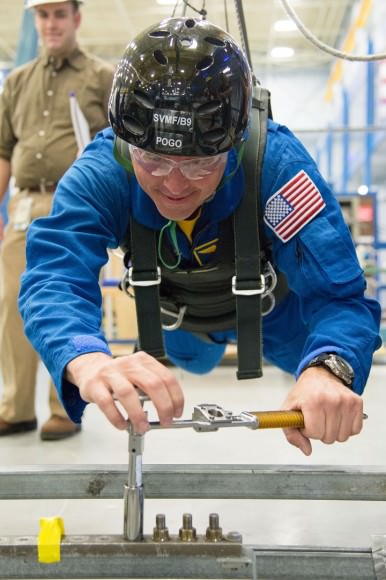
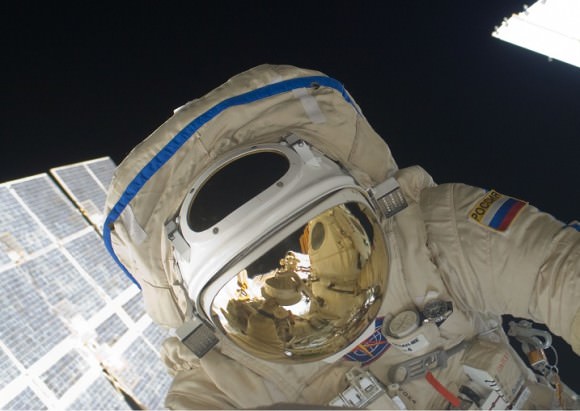
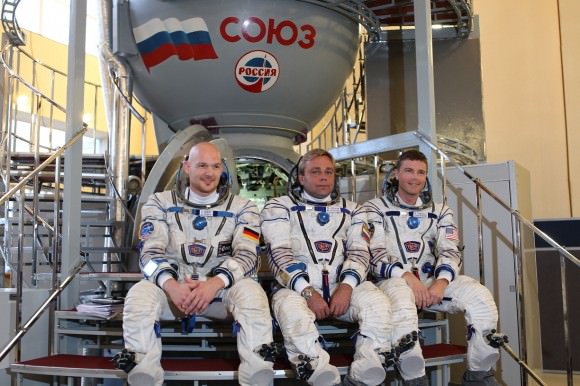
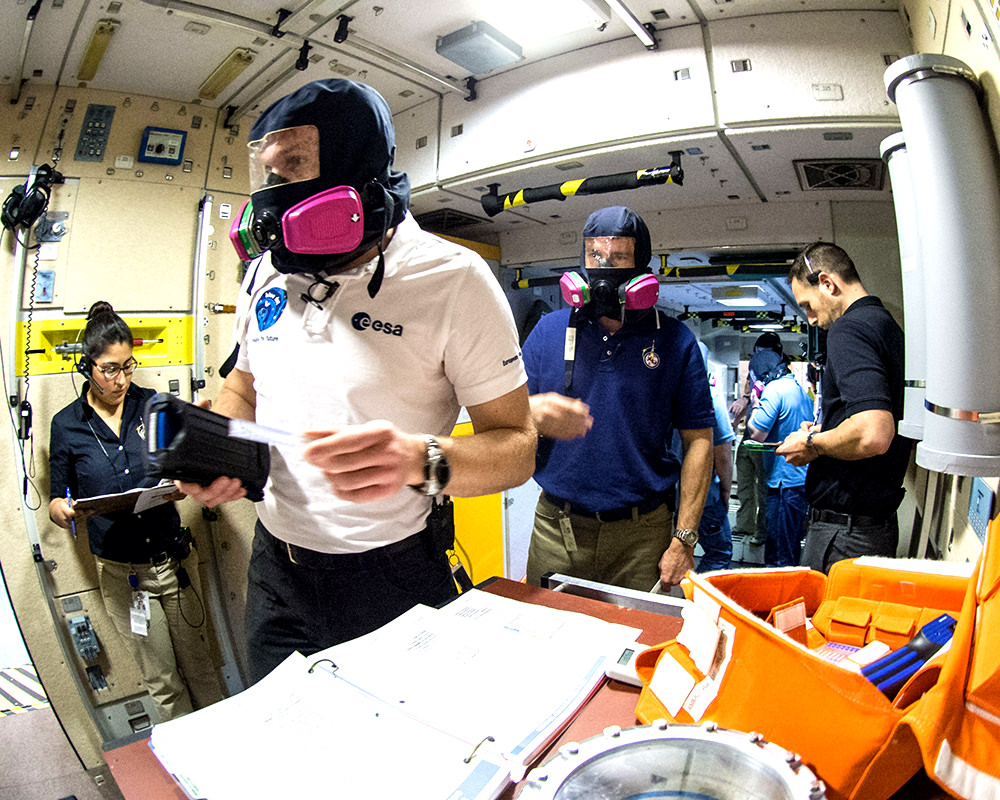
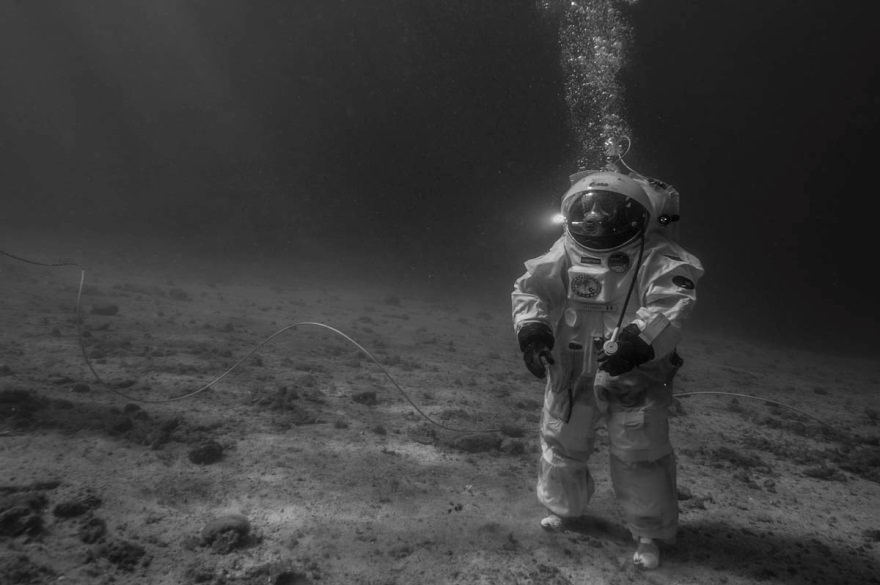
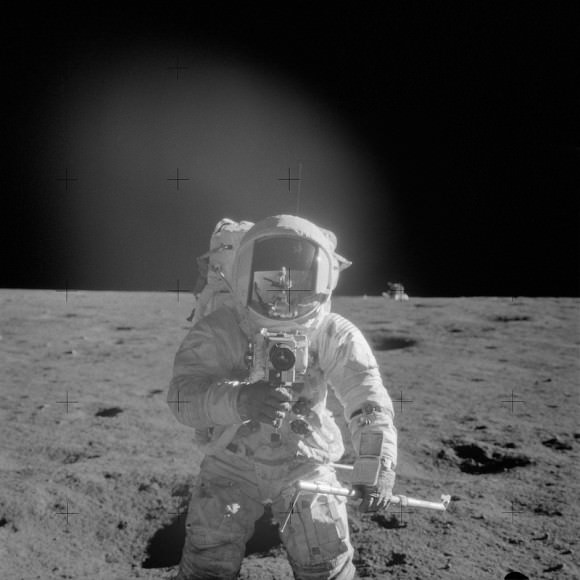
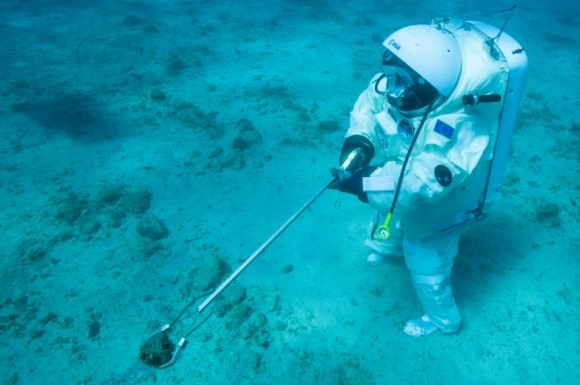
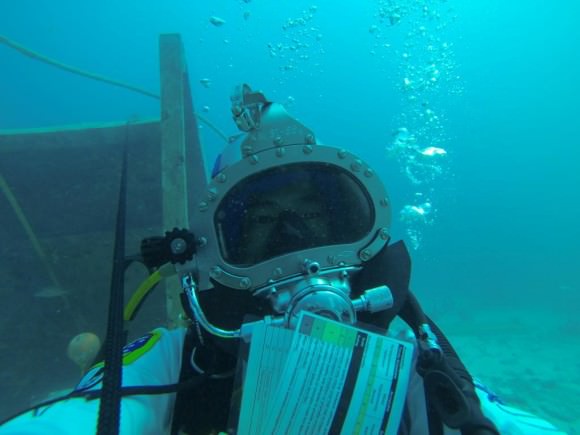
!["Worked with @astro_reid [ESA astronaut Reid Wiseman] in the pool today, and guess who we met?" joked ESA astronaut Alexander Gerst on Twitter on Sept. 5, 2013. Presumably the joke referred to the protagonist in WALL-E, a 2008 Pixar-animated film that features space exploration. Credit: Alexander Gerst/Twitter](https://www.universetoday.com/wp-content/uploads/2013/09/NBL_shot-433x580.jpg)
